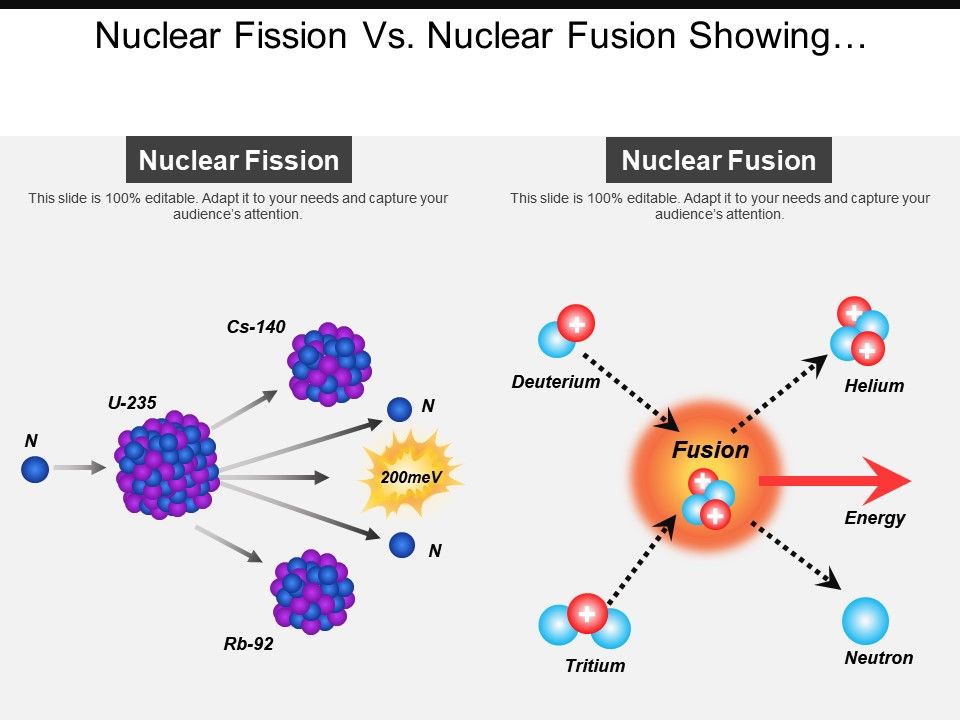
EPA was required to set radiation exposure limits in permanent waste storage facilities over an unprecedented timeframe-one million years. 14 Managing nuclear waste requires very long-term planning.
Ten years after use, the surface of a spent fuel assembly releases 10,000 rem/hr of radiation (in comparison, a dose of 500 rem is lethal to humans if received all at once). In 2011, 27% of spent fuel was held in dry casks, after sufficient cooling in storage pools. Dry casks, large concrete and stainless steel containers, are designed to passively cool radioactive waste and withstand natural disasters or large impacts. spent fuel pools are reaching capacity, necessitating the use of dry cask storage. The process reduces waste and extracts 25-30% more energy than non-reprocessed fuel. Many countries, though not the U.S., reprocess used nuclear fuel. Spent fuel is placed in a storage pool of circulating cooled water to absorb heat and block the high radioactivity of fission products. Spent fuel is 95% non-fissile U-238, 3% fission products, 1% fissile U-235, and 1% plutonium. During reactor operation, fission products and transuranics that absorb neutrons accumulate, requiring a third of the fuel to be replaced every 12-18 months. annually accumulates about 2,000 mt of spent fuel. For PWRs and BWRs most environmental impacts are caused by the extraction and production of fuel elements. Uranium is mostly extracted by open pit mining (16.1%), underground mining (20%) and in-situ leaching (ISL) (57.4%). Nuclear power plants consume 270-670 gallons of water/MWh, depending on operating efficiency and site conditions. The life cycle GHG intensity of nuclear power is estimated to be 34-60 gCO 2e/kWh-far below baseload sources such as coal (1,001 gCO 2e/kWh). Although nuclear electricity generation itself produces no GHG emissions, other fuel cycle activities do release emissions. Each kWh of nuclear electricity requires 0.1-0.3 kWh of life cycle energy inputs. 16 Typical reactors hold 18 million pellets. height and diameter) contains the energy equivalent of one ton of coal or 149 gallons of oil. plants currently use “once-through” fuel cycles with no reprocessing. Powering a one-gigawatt nuclear plant for a year can require mining 20,000-400,000 mt of ore, processing it into 27.6 mt of uranium fuel, and disposing of 27.6 mt of highly radioactive spent fuel, of which 90% (by volume) is low-level waste, 7% is intermediate-level waste, and 3% is high-level waste. The nuclear fuel cycle is the entire process of producing, using, and disposing of uranium fuel. nuclear plants have typically been 2 to 3 times higher than original estimates. Estimated LCOE for new nuclear plants built in the near future are about two times higher than estimates for solar, wind, and combined cycle natural gas plants. Estimated LCOE for plants built in the near future are: combined cycle natural gas: 3.99 ¢/kWh advanced nuclear: 8.17 ¢/kWh and biomass: 9.02 ¢/kWh. 
Levelized cost of energy (LCOE) includes the lifetime costs of building, operating, maintaining, and fueling a power plant.Countries generating the next largest amounts of electricity using nuclear were France, China, and Russia. generated nearly a third of the world’s nuclear electricity.

3,4 As of May 2022, 55 reactors were under construction, including 2 in the U.S. 667 reactors have been built worldwide since the first was built in 1954 in Obninsk, Russia, though currently, there are only 440 in operation, 93 of which are in the U.S.1 Presently, 28 states have at least one nuclear plant and 32 plants have two or more reactors. 2 During the 1970s, more than 50 nuclear reactors went online. nuclear power plant began commercial operations in 1958. Nuclear power plants had a capacity factor of 92.7% in 2021. electricity, and this share has remained stable since around 1990. Nuclear energy provides about 19% of U.S.and other nations search for low-emission energy sources, the benefits of nuclear power must be weighed against the operational risks and the challenges of storing spent nuclear fuel and radioactive waste. Nuclear is often labeled a “clean” energy source because no greenhouse gases (GHGs) or other air emissions are released from the power plant. Nuclear power plants generate electricity by using controlled nuclear fission chain reactions (i.e., splitting atoms) to heat water and produce steam to power turbines.






 0 kommentar(er)
0 kommentar(er)
